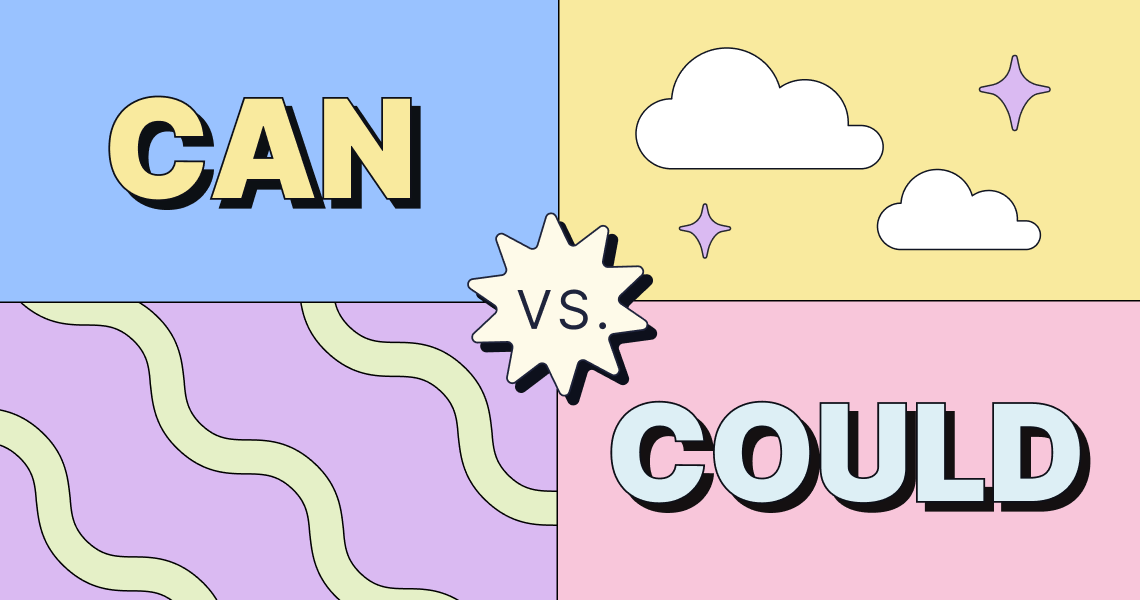In the ever-evolving landscape of computing, the concept of quantum mechanics has ushered in a new era of computational paradigms. Traditional binary computing, rooted in classical physics, operates on a dichotomy of states—zero and one. However, as researchers strive to harness the principles of quantum mechanics, the tantalizing question arises: could we build a ternary logic quantum computer? While binary systems have proven effective and reliable, exploring non-binary systems unveils intriguing possibilities that could potentially surpass existing limitations.
At the core of this inquiry is the principle of superposition, which is foundational in quantum mechanics. Superposition allows quantum bits, or qubits, to exist in multiple states simultaneously, differing from the restrictive nature of classical bits. In a ternary logic system, however, qubits could embody not only the values of zero and one but also a third state, typically referred to as “two.” The notion of incorporating an additional state would inherently expand the computational capacity of a quantum system.
Nevertheless, the transition from binary to ternary logic encompasses multifaceted challenges. One such challenge is the need to develop a robust framework for quantum entanglement that adeptly incorporates three distinct states. Classical entanglement operates on binary coordinates, posing a difficult barrier when attempting to redefine relationships among three states that exist simultaneously. Furthermore, the task of designing error-correcting codes that are effective in a ternary regime requires innovative insights. Current error correction methodologies, such as surface codes, predominantly cater to qubits; adapting these techniques for a three-state system may necessitate a substantial re-engineering of existing paradigms.
The promise of ternary quantum computing also raises the question of feasibility. Would the engineering of devices capable of sustaining stable three-state superpositions culminate in practical applications? Currently, the most successful qubit implementations utilize superconducting circuits or trapped ions, both of which have frame limitations informed by their binary nature. Novel materials and methods will need exploration, transcending classical constraints while maintaining a coherent quantum state across three values.
Moreover, the implementation of ternary logic would necessitate robust algorithms tailored specifically for multi-valued logic. Classic algorithms such as Shor’s algorithm or Grover’s search algorithm are premised on binary logic; their efficacy in a ternary framework remains an open question. Would these algorithms perform equivalent computations or even become more efficient in the context of ternary operations? Exploring the intersection of logical operations and quantum constructs could yield novel algorithms that harness the unique characteristics of a three-valued framework, leading to substantial increases in computational speed and efficiency.
As we delve deeper, we must also consider the computational complexity of a ternary quantum computer. The advantages of enhanced data density and potentially reduced resource consumption may be offset by the increased complexity of managing entangled states and interferences. The equivalence of computational load must be analyzed through the lens of complexity theory, assessing whether the benefits of additional states outweigh the exponential increase in computational pathways that emanate from three interdependent variables.
Turning to real-world applications, the potential utility of ternary quantum computing cannot be overstated. Areas such as cryptography, materials science, and complex system modeling could vastly benefit from the enhanced information capacity inherent in ternary logic. For instance, many natural processes and phenomena exhibit ternary or multi-valued characteristics, making them ideal candidates for modeling with a ternary quantum framework. It stands to reason that developing algorithms designed for these applications might yield richer insights than their binary counterparts.
However, the prospect of building a ternary quantum computer is as much a philosophical dilemma as it is a technical challenge. It compels us to confront the foundational beliefs about computation and the very nature of information itself. Information, traditionally viewed through the lens of binary representation, begins to blur when we entertain the idea of multi-valued logic. Could our definitions of data and algorithms evolve in tandem with the technology, allowing a more nuanced understanding of computation that aligns more closely with the complex realities of the universe?
The pursuit of a ternary quantum computer symbolizes more than mere technological ambition; it represents humanity’s eternal quest to decode the complexities of reality. As researchers grapple with the inherent contradictions and limitations of classical versus quantum paradigms, the prospects of a successful ternary system may illuminate new pathways towards understanding the quantum mechanics that govern our universe. Embracing these challenges may unveil a brave new world of computational possibilities, where the limitations of binary logic no longer bind us.
In summary, exploring the potential for constructing a ternary logic quantum computer allows for an exciting intersection of physics, computer science, and philosophy. While several obstacles remain, including the need for innovative materials, advanced algorithms, and applicable application domains, the mere endeavor itself fosters deeper reflections on the nature of computation, the meaning of information, and the complexities that lie at the heart of our universe. The adventure of building a ternary quantum system is not merely a technical challenge but a profound journey into the very fabric of reality itself.












